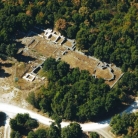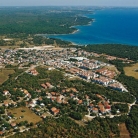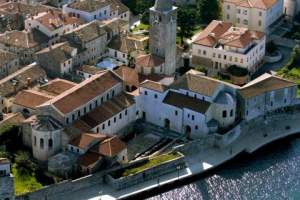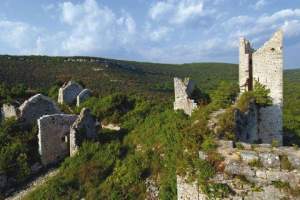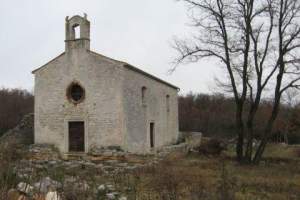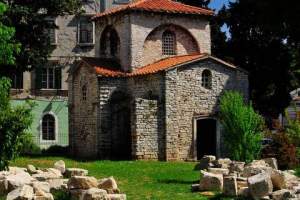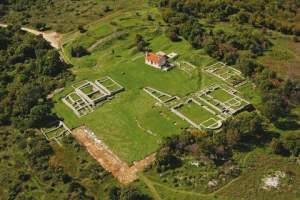The Church of St. Andrew in Betiga
Betiga is a settlement near Barbariga, densely populated from the Antiquity until the Early Middle Ages, of which there are numerous remains as well as unexplored prehistoric tumuli in its vicinity.
The remains of the Monastery of St. Andrew are certainly the most interesting, only a kilometre to the west of the settlement, and completely explored. The early 5th century trefoil chapel has been preserved. It was divided by pilaster strips which still hold the multi-coloured flood mosaic. The chapel became the altar space built in the three-nave basilica as early as the first half of the 5th c.
Only a part of the mosaic has been preserved. During the second half of the 5th c., the monastery was added to the church with its buildings surrounding the water supply from three sides. The construction continued by adding the baptistery two centuries later, as well as the cemetery chapel in the 8th c. Some 11th c. Pre-Romanesque stone furniture from the Church of St. Andrew has been preserved. The church and the monastery were abandoned in the 13th c., and slowly decaying since then.












